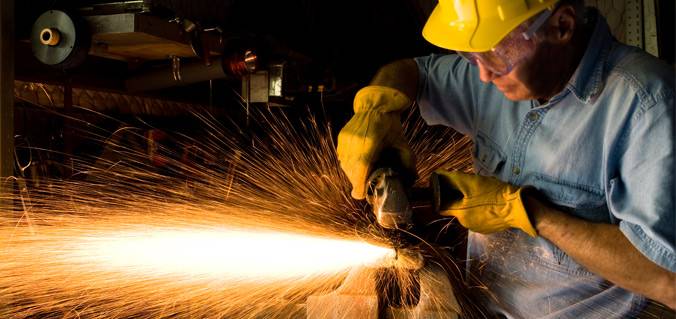What is Continues L and H
Noise 101: What is Equivalent Continuous Sound Level (Leq)?
For anyone that is measuring sound, you've probably come across the term Leq or Equivalent Continuous Sound Level. But what is it and how can it help us when measuring noise with a sound level meter?
Setting the Scene

Imagine you work on a busy construction site that is operating all day. You have diggers, cranes, trucks and other plant machinery all working intermittently and creating noise. You also have your workforce using jackhammers, pile drivers, drills and other power tools.
The problem here is that the sound level is never going to be consistent. So, how would go about describing the sound level over an 8 hour working day with so many variations? That's where the Leq Equivalent Continuous Sound Level comes in.
What is Leq (Equivalent Continuous Sound Level)?
Put simply, the Leq is the average sound pressure level during a period of time. Leq is often described as the average noise level during a noise measurement, which although not technically correct, is often the easiest way to think of Leq.
If the noise is varying quickly, the average energy over a period of time is a very useful measurement parameter. It is for this reason that Leq is often called the equivalent continuous level.
To learn more about Leq and other acoustic terms that will help you to use and understand your noise measuring equipment better, check out our FREE guide to noise terminology.
Calculating Leq
The problem with manually calculating Leq is that decibels (dB) are based on logarithmic scales. If you have a machine producing 80 dB, a doubling of the noise level would not be 160 dB. It would be 3 dB. Sound confusing? Blame the logarithmic scale.
The good news is that there is actually nothing for you to do. Your sound level meter will automatically calculate the equivalent continuous sound level during and after your measurement has finished. Your sound level meter will sample the noise level 16 times a second. It then converts the dB readings back into sound pressure levels, adds them up, divides by the number of samples and returns the Leq back in the dB form. All of this happens on an almost instantaneous basis. Imagine trying to crunch those numbers yourself.
Using Leq for Your Measurements
Now you have the equivalent continuous sound level, what can you actually do with it?
Leq is now used by most countries as the metric of choice for measuring the exposure of workers to noise, as there is no time constant and it correlates reasonably well to the effect of hearing damage risk.
To help assess the risk of hearing damage, it is normal to measure the Leq using the A Frequency Weighting. This sets the sound level meter to mimic the performance of the human ear when it comes to detecting audible frequencies. When the frequency weighting is applied, you would present your readings as LAeq or Leq dBA. You can learn all about Frequency Weightings in this blog.
LAeq is one of the key parameters specified in UK & EU Noise at Work Regulations. You need LAeq to determine the LEP,d, which is the daily noise exposure level over a 8-hour working day. You will also need the LCpeak measurement, which is the peak sound level achieved using the C Frequency Weighting.
Leq is also an essential parameter for environmental noise monitoring, especially for planning applications to assess the likelihood of complaints.
Leq and the Optimus® Red Sound Level Meter

The Optimus Red calculates all of the parameters you need
The Optimus Red Sound Level Meter for occupational noise measures all noise parameters simultaneously to give you the Leq, LAeq, LCPeak and much more. There is no chance of missing any data when taking a measurement. The readings will display on the large OLED screen, so you can instantly see if there are noise problems that need further investigation.
Once you have measured all of these parameters, you can assess the risks posed by excessive noise levels. All you will need to do is download the measurements into the NoiseTools software, which is included with the Optimus, and automatically generate reports for the LEP,d and more.
Exam Time: Measure Your Success
That's the end of the lesson on Equivalent Continuous Sound Level (Leq). To recap, it's the average sound pressure level over a period of time and you can use these information to assess risks to human hearing in the workplace.
Now it is time for the test. Start measuring Leq with your sound level meter!
- About
- Latest Posts
![]()
![]()
Expand your Noise Knowledge!
Signup to the NoiseNews blog for the latest article updates straight to your inbox.
Source: https://www.cirrusresearch.co.uk/blog/2015/06/noise-101-what-is-equivalent-continuous-sound-level-leq/
0 Response to "What is Continues L and H"
Post a Comment